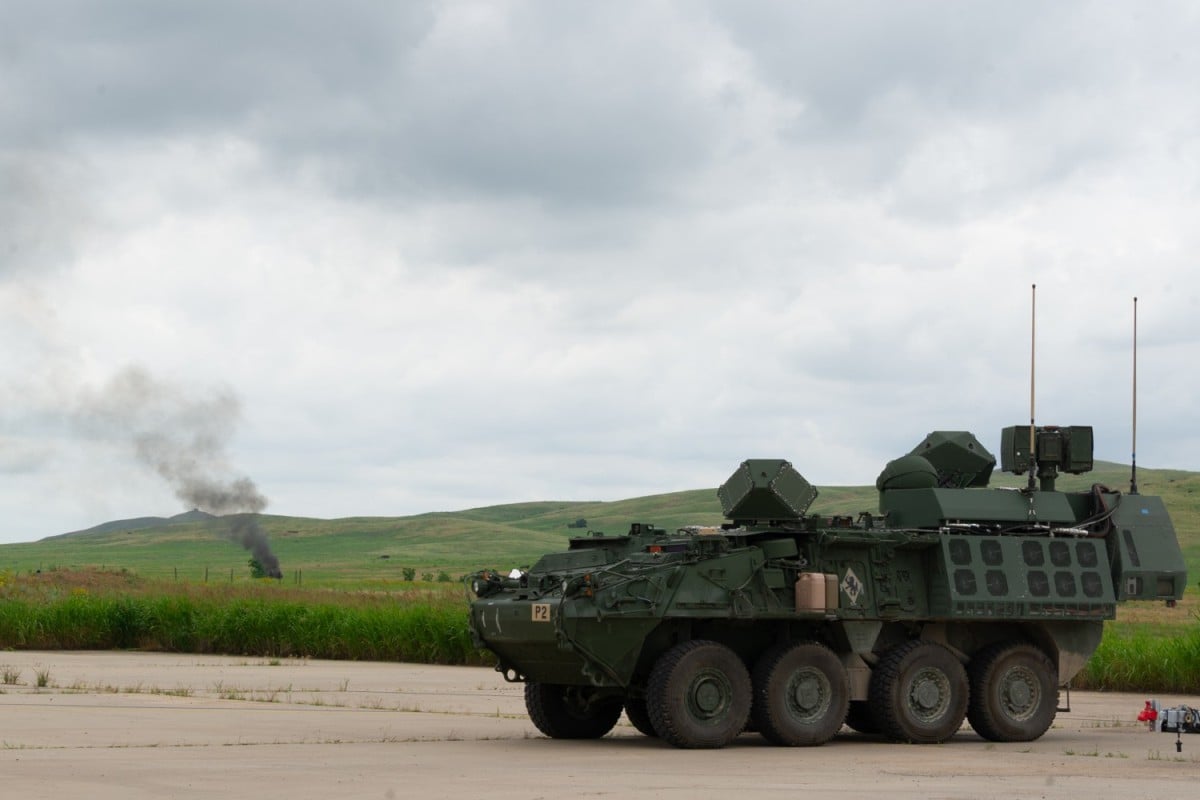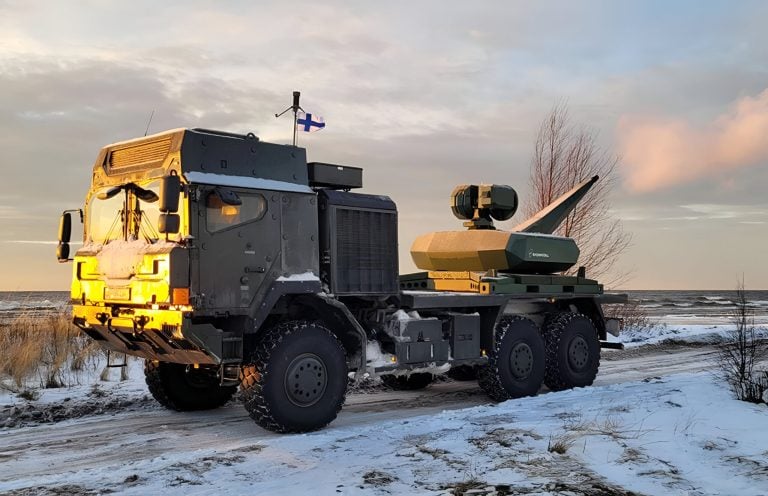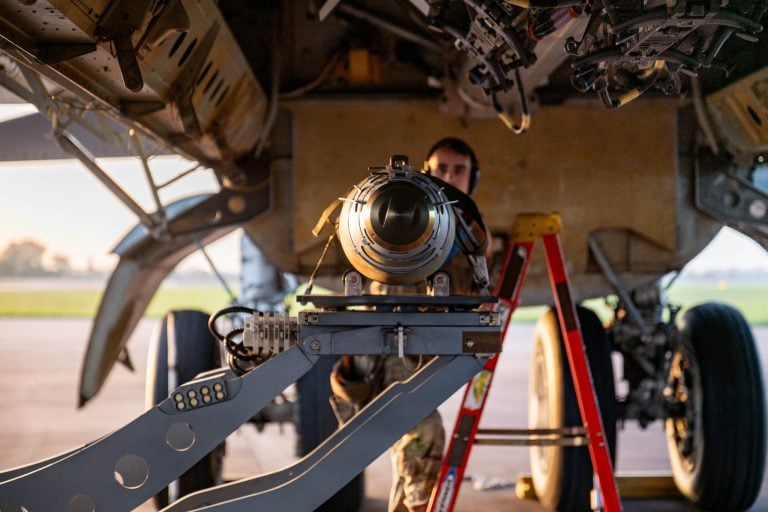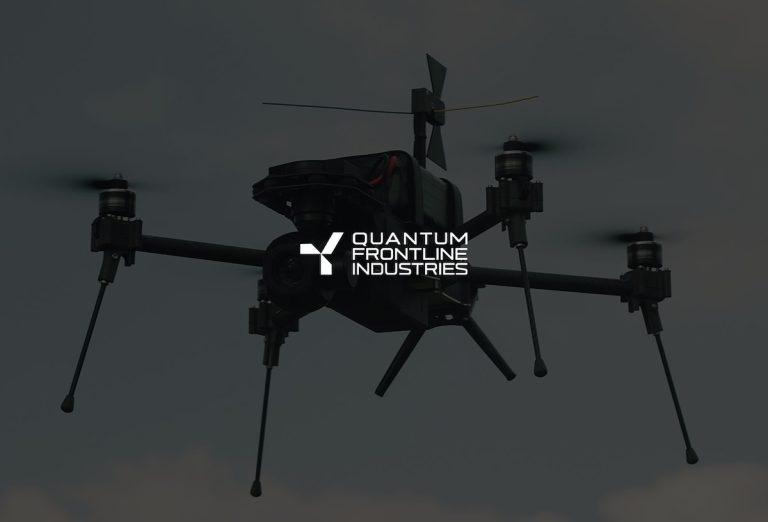The US Army has recently conducted a groundbreaking live-fire exercise that effectively combines directed energy weapons with traditional kinetic systems. This innovative approach aims to further the development of laser-based defense technologies, specifically targeting aerial threats posed by small unmanned aircraft systems (UAS).
During the testing phase, various prototype systems were utilized, notably the directed energy Maneuver Short-Range Air Defense (M-SHORAD) platform. This system is designed to engage multiple UAS simultaneously, showcasing its capability to handle swarms of aerial threats. The trials involved a side-by-side evaluation with the existing kinetic M-SHORAD system, providing invaluable insights into layered air defense performance and enabling the collection of critical operational data.
In addition to testing hardware capabilities, the exercise also focused on how soldiers can effectively integrate directed energy weapons into their current operational procedures. Crews participated in training exercises emphasizing target identification, threat prioritization, and other essential tasks necessary for maximizing the effectiveness of this new technology.
Col. Steven D. Gutierrez, Project Manager for Directed Energy at the Army’s Rapid Capabilities and Critical Technologies Office (RCCTO), stated, “Now that we have delivered directed energy capabilities to the Army, we are developing and maturing the domains of policy, doctrine, organization, training, and personnel to employ the capability optimally.”
The development of directed energy systems within the US Army has a long history, initially concentrating on strategic missile defense. However, the recent proliferation of inexpensive drones has shifted the focus toward short-range air defense systems, where technologies like lasers and high-powered microwaves are being rigorously tested as potential countermeasures.
Interest in directed energy technology is gaining momentum on a global scale. In June, India declared its intentions to procure domestically manufactured directed energy weapons capable of neutralizing drones from distances of up to 2 kilometers (1.2 miles). Similarly, in April, the British Army conducted its largest trial of a UK-developed radiofrequency directed energy system, successfully tracking and disabling over 100 drones, including effectively managing two swarms in one engagement.
Further emphasizing the commitment to enhancing directed energy capabilities, the US Army Space and Missile Defense Command awarded BlueHalo a significant $95.4 million contract in May 2024. This contract will support ongoing development and prototyping efforts of directed energy systems, reflecting a broader commitment to integrating advanced technology into modern military strategies.



















